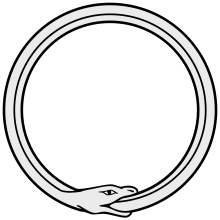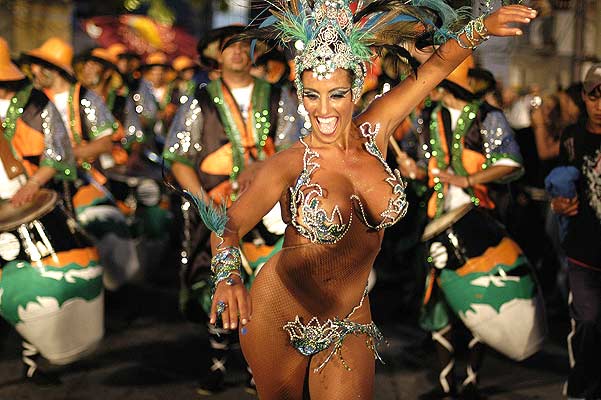Global Game Jam?
Global Game Jam (GGJ) is an event that happens in multiples locations all around the globe. The first edition was back in 2009 and it has been repeated yearly every since.The objective: Make a game in less than 48 hours.
Here is an awesome trailer from last year's GGJ. You can get a pretty accurate picture on how the event goes. Plus, its super fun video to watch.
You can access the Wikipedia page for more information and details.
My experience with GGJ
I first found about the event last year. I was unsure about my participation. Finally, I decided not to go. Not the brightest of my decisions. The event was a huge success, congratulations to everyone who participated. Everyone did an outstanding work! Here is a picture of the uruguayan heroes:
An awesome group!
This year I will make up for that; I'll be participating at the site A+ Escuela de Artes Visuales here in Montevideo, Uruguay. Actually, there is another site for the event: Universidad ORT/Antel.
Going back to last year's GGJ, I got great feedback from my good friend Sebastián who participated along with other friends. The game his group did is called ParaParaParanoid, a platform game about a girl that is chased by ghosts of her past. The objective of the game is to collect memories that will help her overcome her paranoia.
ParaParaParanoid in action!
There is an awesome gameplay video created by IdealSoft. Check it out here! I think that the person playing there did not get the mechanics right away. Each of the shadow-chasing-characters travel through the very same path that you, the player, take. In that sense, their movements are 100% predictable and the gameplay evolves around this concept. Level design and item map distribution play a very important role. Really great stuff.
Another great game, and the only 3D game at our site was created by another friend: Federico Rocha and his group. The game is called Wuji GO! and its about a little snake-like-fella that travels through what it seems to be the perimeter of a doughnut (hehe) and has to collect opposite entities to keep its energy from depleting in a never ending journey. Each time a full round-trip around the doughnut is done, the snake-thing increases its speed. Check the gameplay video! It is a really fun experience.
They did an awesome job with the camera.
There were other great games created, this post only showcases the ones from the people I know more. Maybe this year I'll get to know all the other great minds behind the games :)
One thing that is missing here is that all games created in the jam have a common theme to follow. Last year's theme was the image of Ouroboros, a snake eating its own tail. Now go back and think about the games created. You'll get much more sense out of them.
Ouroboros!
It will be interesting to see what they have us prepared for this year.
Community and Social Networks
During the days of the event, Global Game Jam has a very big presence in Twitter. Participants are encourage to create twits with hashtags such as #GGJ, #GGJ2013. Here in Montevideo, Uruguay, we will be using #GGJUY.If you have Twitter, don't forget to follow @globalgamejam!
I've also seen Global Game Jam on Facebook. I really like what they did with their timeline image.
Closure
Here in Uruguay in these very same dates there is also another popular event being celebrated: Carnival. To be honest, I'm not very fond of it, though I do appreciate and understand it. Sort of.Images like this might hint you into why the event appreciated all around the world.
Decisions, decisions: stay inside with a bunch of guys to create a videogame... or go outside and listen to some tambores while watching some girls shake it? Decisions, decisions...
Until next time!






















